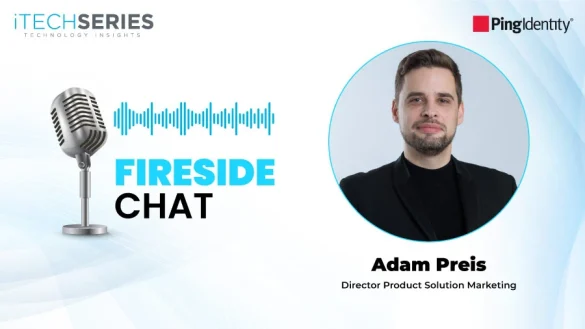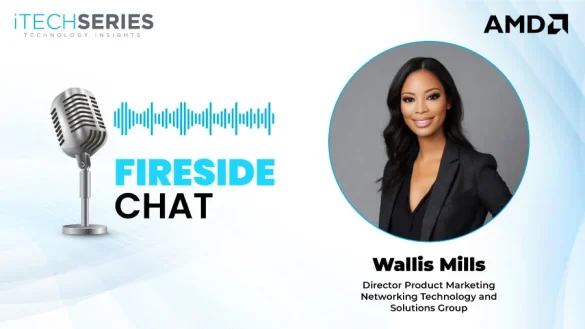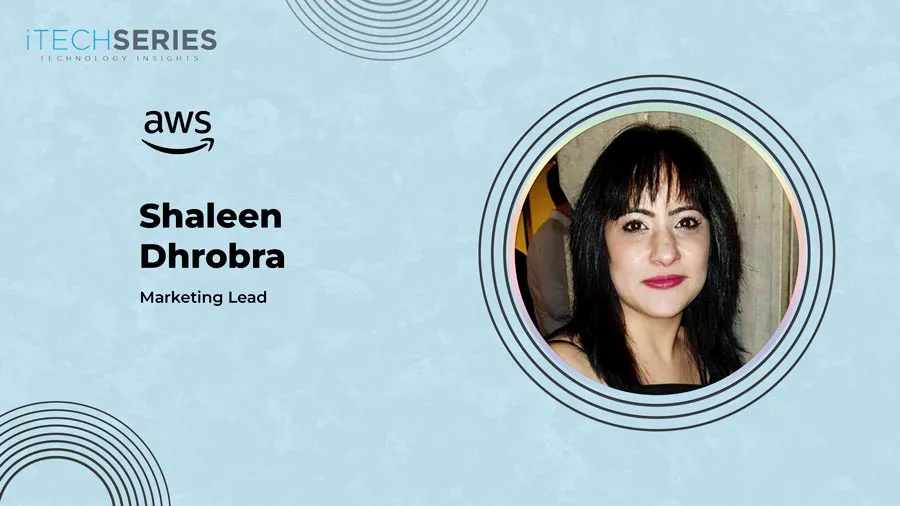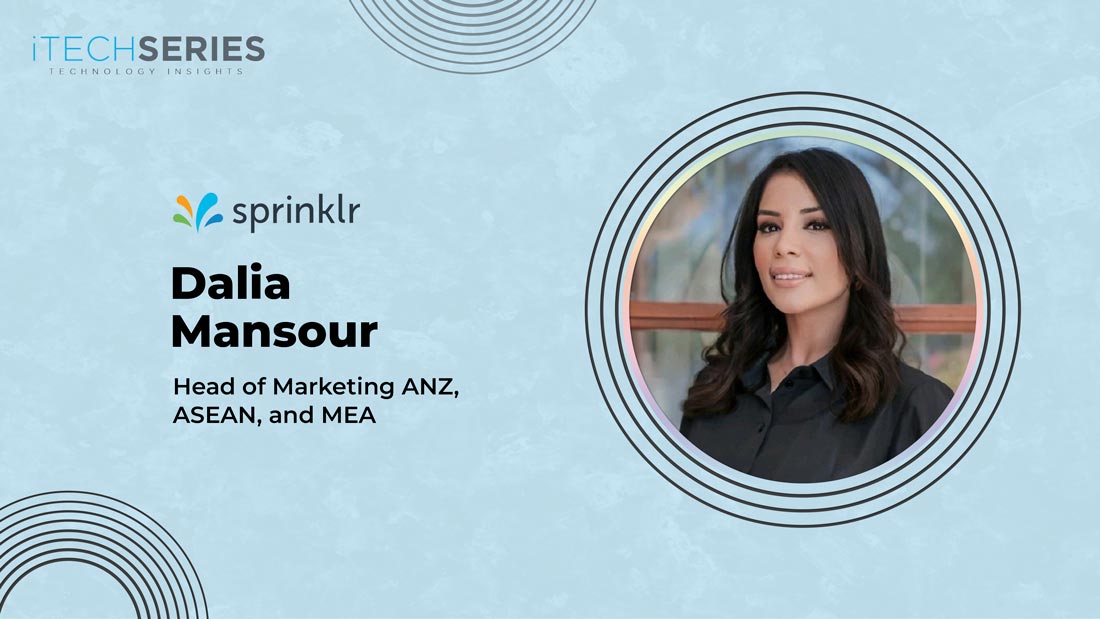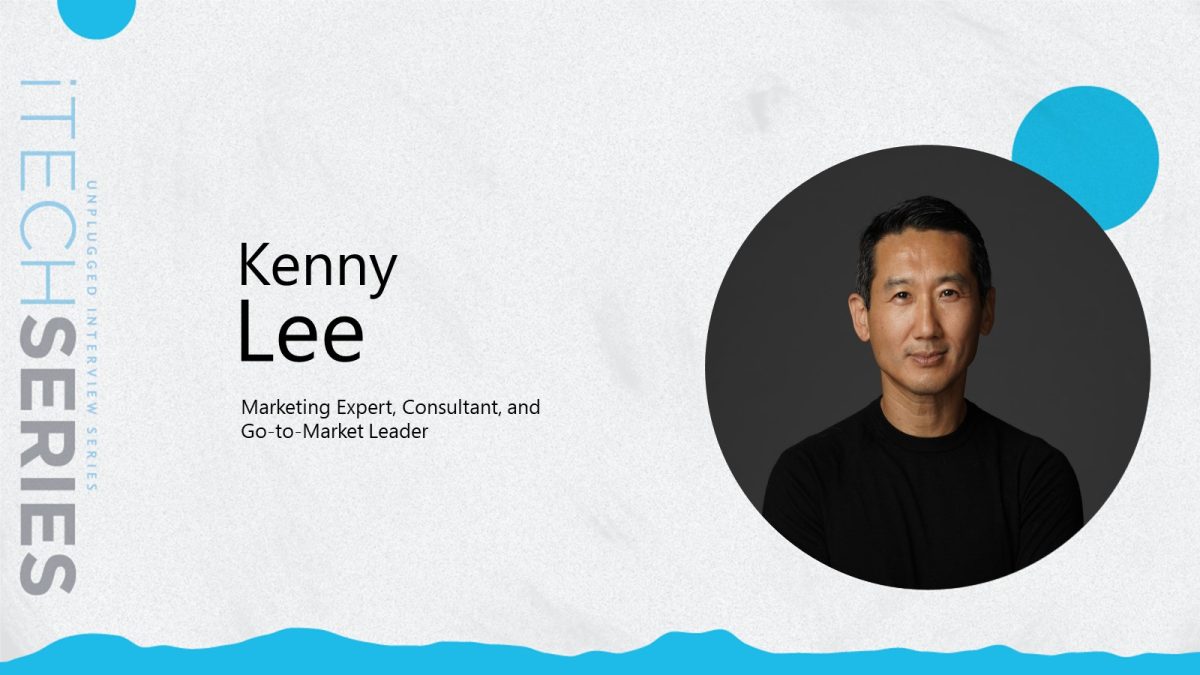Karina Andrade, Demand Generation Marketing Manager, Americas at Hitachi Vantara, shares her journey from sales to leading multi-channel marketing across LATAM and global markets. She discusses turning intent into pipeline, building scalable data-led campaigns, aligning marketing and sales, adapting messaging for local relevance while maintaining global brand consistency, and driving measurable revenue through orchestrated, multi-touch strategies.
Welcome to the interview series, Karina. Could you tell us about yourself and your marketing journey?
Thanks for having me. Here’s a quick summary of my marketing journey: I’m a B2B demand-generation marketer with a foundation in sales. I began as an SDR and then an AE, which taught me how to engage decision-makers and drive measurable revenue outcomes, skills that still anchor my programs today.
I then moved into marketing at a DSP focused on e-commerce performance, where I built a strong digital acquisition foundation. My first dedicated B2B marketing role was with a U.S. event-tech platform, where I helped launch the Brazil market and built the demand engine from the ground up. That’s when I fell in love with creating scalable, data-led, multi-channel programs that drive business growth.
Over the past decade, I’ve applied that playbook across SaaS companies in industries ranging from customer experience and decision intelligence to construction tech and ITSM, often leading LATAM expansion. I enjoy stepping into different industries because each one is like entering a new universe to master.
Most recently, I’ve moved into the data-infrastructure space, where I’m excited to keep turning intent into pipeline, expansion, and long-term customer value.
Can you share your approach to planning and executing multi-channel, multi-touch campaigns that deliver measurable revenue outcomes?
For me, it always starts with the audience. I take the time to understand who they are, how they buy, and what pain points motivate action. From there, I design a journey that doesn’t just push messages but creates a sequence of meaningful interactions across channels.
The backbone is orchestration: email nurtures, targeted paid social, content syndication, webinars, direct mail, and ABM. Each touchpoint has a role to play, and consistency in voice and message ties it all together. I like to think of it less as “channels” and more as an ecosystem where every engagement reinforces the next.
Equally important is alignment. I collaborate closely with sales early on, ensuring we agree on audience segments, messaging priorities, and the definition of success. That way, when leads enter the funnel, sales have the context and confidence to continue the conversation seamlessly.
Finally, I built measurement in from the start. I define KPIs at each stage—from engagement metrics like CTR and event attendance to deeper funnel indicators like MQL-SQL conversion and influenced pipeline. I rely on dashboards to monitor performance in real time and pivot quickly if a tactic isn’t resonating.
At its best, a multi-channel, multi-touch campaign isn’t just about hitting leads with volume; it’s about crafting a customer experience that feels intentional, relevant, and ultimately drives revenue outcomes.
How do you ensure marketing and sales teams are aligned when rolling out integrated campaigns across different markets?
Alignment starts with shared ownership. Before any campaign launches, I sit down with sales leadership to agree on who we’re targeting, what messaging will resonate, and what success looks like in that market. That upfront collaboration ensures we’re not just generating leads but creating opportunities that sales is ready to pursue.
From there, communication is constant. I keep sales updated on campaign progress, share content they can use in conversations, and make sure they have visibility into what their prospects are seeing. In turn, I rely on their feedback from the field to refine messaging and tactics.
Finally, I use data as a common language. Dashboards showing pipeline impact, conversion rates, and influenced revenue help both teams stay focused on outcomes. At its best, marketing and sales alignment isn’t just coordination; it’s a partnership, and that’s what drives consistent results across regions.
How do you ensure the quality of leads while scaling inbound and outbound campaigns in new territories?
Quality starts with precision. I work with sales to define the ICP and prioritize accounts or personas before a campaign ever launches. For inbound, that means tailoring content and SEO to attract the right buyers; for outbound, it means using intent data, firmographics, and clear scoring models to guide prospecting.
As campaigns scale, I layer in automation, lead scoring, routing, and nurture tracks, but keep a feedback loop with sales to validate lead quality on the ground. This way, even in new markets, we’re not just filling the funnel, we’re building a pipeline of prospects that are ready to convert.
“For me, it always starts with the audience. I design journeys that don’t just push messages but create meaningful interactions across channels.”
Can you tell us about your most memorable marketing campaign experience?
One of my most memorable experiences was leading the first multi-channel demand campaign for a U.S. SaaS company expanding into Latin America. The challenge was twofold: build brand awareness in a new market and deliver a pipeline quickly to support the local sales team.
I designed an integrated campaign that combined localized content, email nurtures, paid social, display, webinars, and content syndication. Just as important, I worked closely with sales to train them on the new messaging and ensure they were equipped to follow up effectively.
The result was a true “market entry playbook”. We not only hit pipeline targets ahead of schedule but also created a repeatable framework that the company later scaled to other regions. For me, it was memorable because it combined strategy, execution, and cross-functional alignment, and it proved the power of orchestrated, multi-touch marketing to open entirely new markets.
How do you adapt your messaging while maintaining global brand consistency when launching campaigns in new regions like LATAM?
It’s about balancing global consistency with local relevance. I start by anchoring campaigns in the company’s core value proposition and brand guidelines, which ensures the message feels cohesive no matter where it’s seen. Then, I adapt the narrative to the cultural, linguistic, and business realities of the region.
In LATAM, for example, that might mean shifting tone from highly technical to more relationship-driven, localizing not just language but examples and customer stories, and aligning campaigns with region-specific pain points like compliance or payments. I also partner closely with local sales teams to validate messaging before launch.
This way, the brand identity stays intact, but the campaigns feel authentic and resonate deeply in the market, which is ultimately what drives adoption and pipeline.
Which metrics do you monitor most closely to measure campaign success, and how do you tie them back to revenue?
I look at metrics in layers. At the top of the funnel, I track engagement metrics like CTR, content downloads, and event registrations to see if we’re capturing the right audience. In the middle, I focus on conversion points, MQL to SQL rates, meeting set rates, and velocity through the funnel. And at the bottom, I tie everything back to the influenced pipeline, closed-won deals, and ROI.
What makes the difference is connecting those layers. For example, if a campaign drives high engagement but low conversion, I know it’s a targeting or messaging issue. If conversion is strong but pipeline impact is weak, it may be a sales enablement gap. By monitoring across the funnel and partnering with sales, I can ensure campaigns aren’t just generating activity-they’re driving measurable revenue.
What advice would you give aspiring marketers on building a successful career path?
Stay curious and be willing to experiment. Marketing evolves quickly, and the best careers are built by people who lean into change rather than resist it. Build a strong foundation in data and measurement, because no matter the channel, you’ll need to prove impact. At the same time, develop your storytelling skills; great marketers can translate complex ideas into narratives that inspire action.
Don’t be afraid to step outside your comfort zone. Some of my biggest career growth came from raising my hand for projects in new markets or industries, even when I didn’t have all the answers upfront. And finally, invest in relationships with mentors, peers, and especially sales. Marketing is never done in a vacuum, and those connections often open the doors to your next big opportunity.
About Karina Andrade
Karina Andrade is a B2B demand-generation marketer with a foundation in sales, bringing technology brands to life through integrated, multi-channel campaigns. She began her career as an SDR and AE, later building scalable demand engines across SaaS, customer experience, and data-infrastructure companies. Karina has led LATAM expansions, AI product launches, and multi-touch marketing programs that drive engagement, pipeline, and measurable revenue outcomes for both technical and business audiences.



